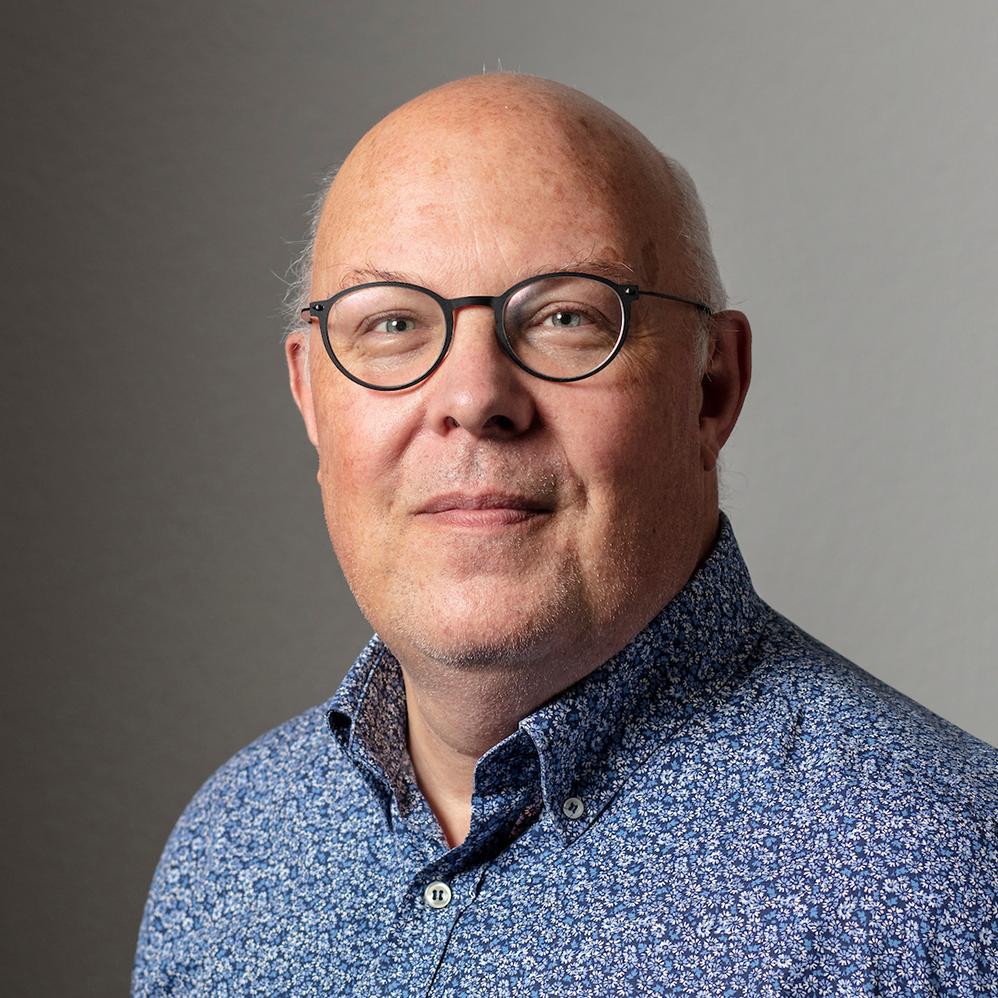
St Nicholas pushes Santa to sidelines

Thousands of people greeted St Nicholas - and not Santa Claus - on Saturday in Fribourg, when he took part in a traditional parade for the 100th time.
St Nicholas festivities are common in December across Switzerland as well as much of northern Europe, and the Fribourg event is one of the biggest of its kind.
The St Nicholas parade is an institution in Fribourg. Each year, on the first Saturday in December, the city’s patron saint rides on his donkey from St Michel College to the cathedral that bears his name where he gives a (mocking) speech on the year gone by.
Thousands of people pack the streets to see the parade and listen to the old saint, making it one of Switzerland’s most important customs along with the Basel carnival and the Sechseläuten festival in Zurich.
St Nicholas is based on a real person, the bishop of Myra (in Anatolia) who took part in the Council of Nicaea in 325. Often portrayed as a frequent traveller, he is also the patron saint of sailors.
But St Nicholas is also the stuff of legends. Stories about him say that he brought three children back to life after they had been killed and pickled by a butcher. Ever since then, Nicholas has also been the protector of children – and the patron saint of butchers.
“It responds to a necessity to express one’s faith,” explains Nicolas Betticher, chancellor of the diocese of Fribourg, Geneva and Lausanne. “To believe in someone who protects children from adult violence answers a real need.”
Celebrations
Fribourg’s government outlawed the original St Nicholas parade in 1763 after celebrations got out of hand. It was only in 1906 that students from St Michel decided to push ahead with a new one.
“St Nicholas had always been celebrated by our boarders,” St Michel rector Nicolas Renevey told swissinfo. “It was a private celebration that was not open to students living outside.”
In the early 20th century, it was a few of the boarders who decided to do something beyond the college walls and organised a small parade to the cathedral.
What was originally nothing more than a student joke has since become a hugely popular event, despite a complete lack of exotic bells and whistles.
A student chosen by other pupils is disguised as St Nicholas and makes his way to the cathedral on a donkey, accompanied by the “pères fouettards” (whipping fathers) – characters dressed in black who are supposed to strike the fear of God in spectators.
In fact, they spend their time distributing Christmas biscuits and peanuts to the population by torchlight accompanied by the college marching band and a group of singers.
The tightly packed crowd often spends hours waiting in freezing cold to see St Nicholas and his picturesque suite pass by, even though the parade is nothing to write home about.
“It’s rather amazing,” admits Renevey. “I think it can be explained though by the effect St Nicholas has on children – you just have to see their eyes light up when he passes by.
“Quite often their parents felt the same way when they were children, and want to share that experience with the next generation.”
Nick and Claus
St Nicholas is a popular figure in Orthodox countries like Russia and Greece. In western Europe, his impact is felt most in places such as Switzerland, Germany, Alsace, Lorraine and Belgium, areas where Germanic traditions are still lively.
But the bishop of Myra is best known in the guise of Father Christmas. The Dutch exported their Sinterklaas to the United States, where he became someone else famous, albeit under a slightly different name – Santa Claus.
Since then the image of old Claus has successfully travelled around the world. The confusion between St Nicholas and Santa was reinforced by the fact that both make their appearance close to or at Christmas and give presents to children.
Yet for Nicolas Betticher, they don’t have as much in common as some people would like to think. St Nicholas is a religious figure, he says, while Santa Claus’ only faith is commercialism.
“The St Nicholas parade is a popular event, but behind it is the veneration for a bishop,” added Betticher. “We celebrate Christmas because God became man in Bethlehem, and Santa Claus has nothing to do with that.”
swissinfo, Olivier Pauchard
St Nicholas is a historical figure.
He was born in the fourth century AD and died in 334.
He took part in the Council of Nicaea in 325.
His feast day is celebrated on December 6, the day he is believed to have died.
His relics are kept in the basilica of Bari, in southern Italy.
The Fribourg art and history museum is holding an exhibition on St Nicholas.
It puts works of art and historical objects – including paintings, stained glass and sculptures representing the saint – on display.
The exhibition concentrates on medieval and baroque artwork, but also includes more recent representations of St Nicholas.

In compliance with the JTI standards
More: SWI swissinfo.ch certified by the Journalism Trust Initiative




























You can find an overview of ongoing debates with our journalists here . Please join us!
If you want to start a conversation about a topic raised in this article or want to report factual errors, email us at english@swissinfo.ch.